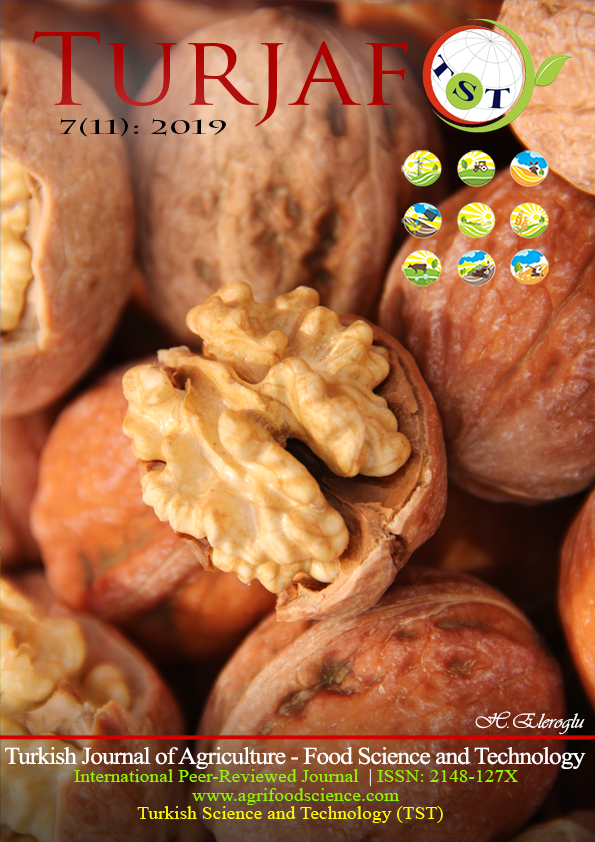Food Safety, Fish and Listeriosis
DOI:
https://doi.org/10.24925/turjaf.v7i11.1908-1916.2888Keywords:
Listeria monocytogenes, food pathogens, fish processing, Fishery, AquacultureAbstract
Listeria monocytogenes is a food pathogen responsible for listeriosis, a relevant disease in public health worldwide. The genus Listeria spp., corresponds to cosmopolitan bacteria and capable of surviving different adverse conditions, which increases the risk for the food to be contaminated at any stage of the food chain. Fish and fish products are foods of high production level and, due to their chemical or nutritional composition, are highly susceptible to deterioration and contamination by pathogens in their productive chain relating to cases of listeriosis. Derived from the incidence and human mortality due to causative agents of listeriosis, along with their resistance to antimicrobials, they have acquired a greater emphasis on human health, animal health and food industry, resulting in the implementation of safety systems such as good hygiene practices, Hazard Analysis and Critical Control Points (HACCP) system, analytical methods and microbiological criteria, as some of the actions to contribute to the food safety and public health protection. The purpose of this review document is to provide, in a general way, aspects involved in foodborne illnesses, specifically listeriosis and its association with fish as a transmitting food, considering the prevention and control measures of this disease through food. It also includes aspects related to antimicrobial resistance by bacterial isolates obtained from fish, their implications and health risks.Downloads
Published
23.11.2019
How to Cite
Cortés Sánchez, A. D. J., Guzmán Robles, M. L., Garza Torres, R., Espinosa Chaurand, L. D., & Diaz Ramirez, M. (2019). Food Safety, Fish and Listeriosis. Turkish Journal of Agriculture - Food Science and Technology, 7(11), 1908–1916. https://doi.org/10.24925/turjaf.v7i11.1908-1916.2888
Issue
Section
Review Articles
License
This work is licensed under a Creative Commons Attribution-NonCommercial 4.0 International License.

























